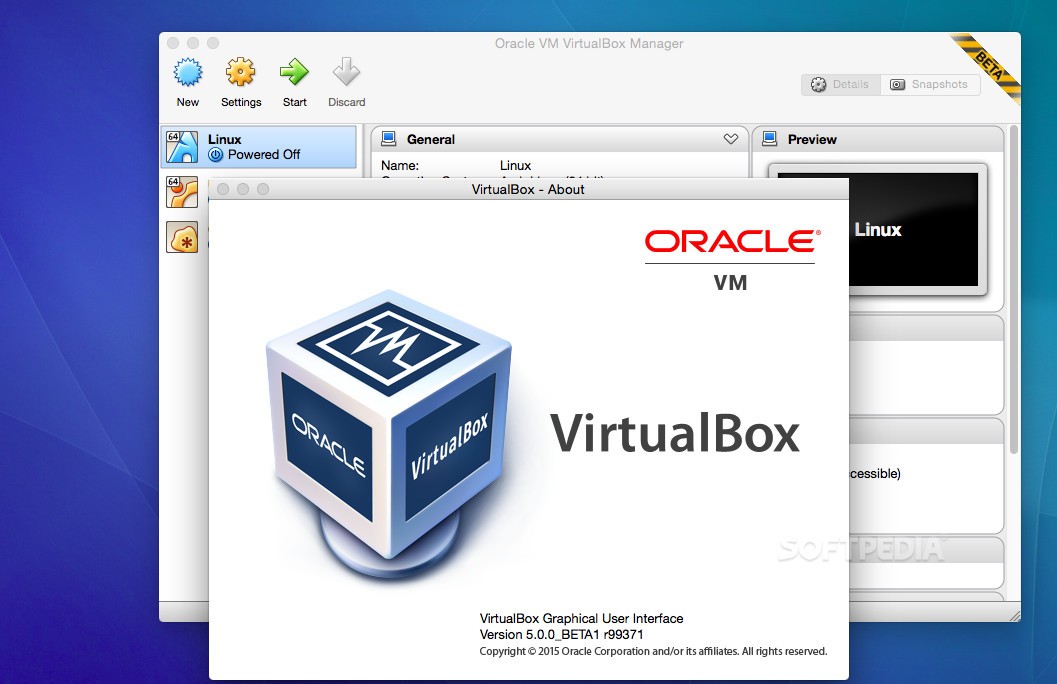

Make note of the folder it gets downloaded to we’ll need to find it in a minute.iso stands for ISO 9660, a standard for representing the contents of CD-ROMs and DVD-ROMs as computer files. (Ubuntu is just one of many Linux distributions available, but we’ve chosen Ubuntu because it’s common and relatively easy to use.) You’ll have a choice between the latest version and a “Long Term Support” version choose the LTS version because it’ll be more stable.

Download VirtualBox & Ubuntu Serverįirst we need to download and install VirtualBox itself, followed by a Linux installer. Your desktop or laptop is going to be the host system, and we’re going to create a guest system to run Linux on. Think of it as a computer within a computer. We’re going to create a virtual machine to run a Linux server on.

These directions are available as a video workshop to our Pro students, but we thought we’d share the basic ingredients here as well so you can experiment with Linux servers yourself! This is a great way to try things out because it lets you copy the server to try out different configurations, take snapshots you can roll back to if you make a mistake, and more. So we figured out a setup that mimics a Linux server running out on the Internet somewhere -which is where you’d typically deploy web apps to -but uses VirtualBox to run the server as a virtual machine on your development system. We’re prepping a workshop series for our Pro students on deploying web apps to production, and we wanted a simple, safe way for students to follow along at home, without having to create an account on AWS / DigitalOcean / etc.


 0 kommentar(er)
0 kommentar(er)
